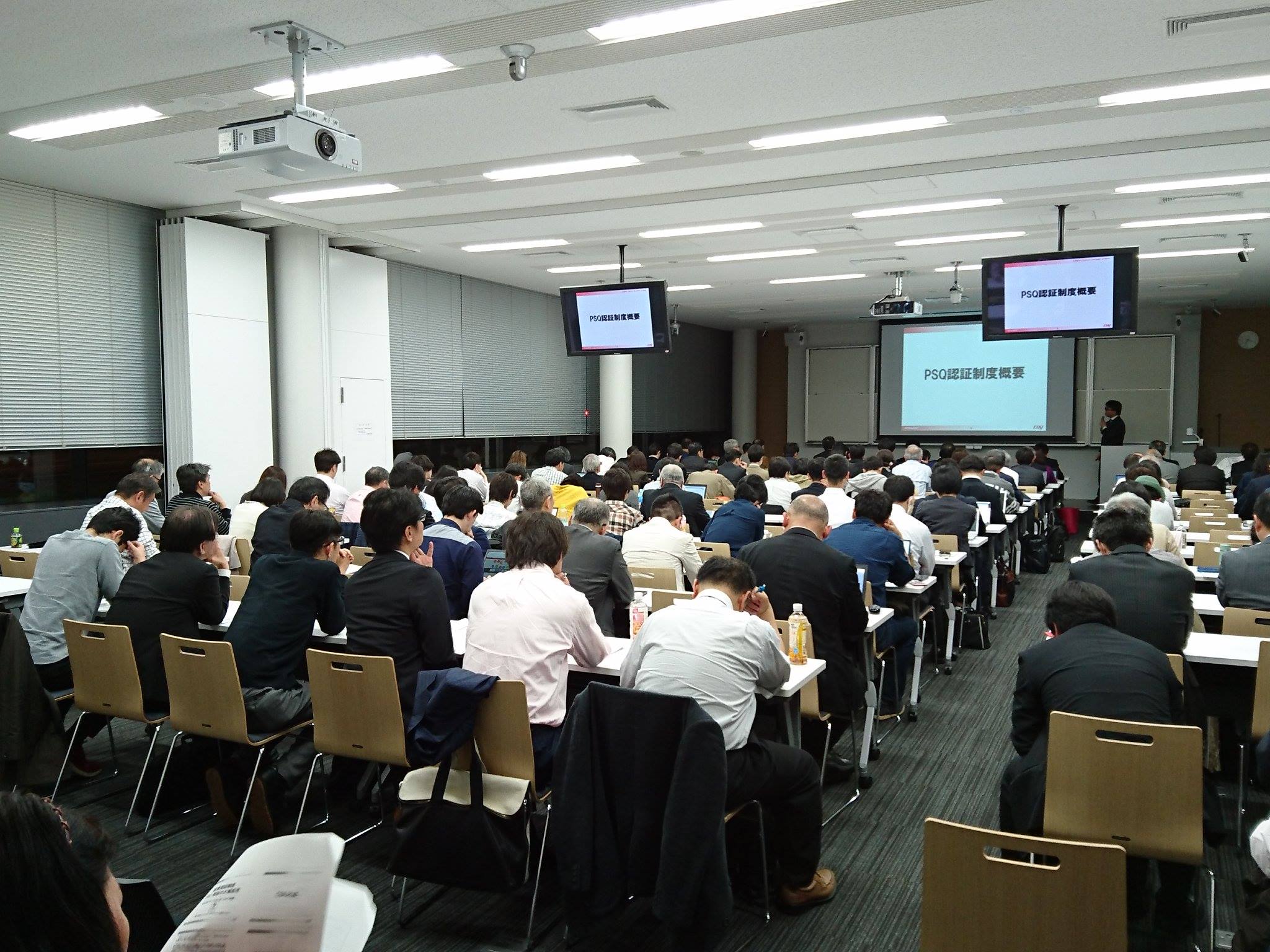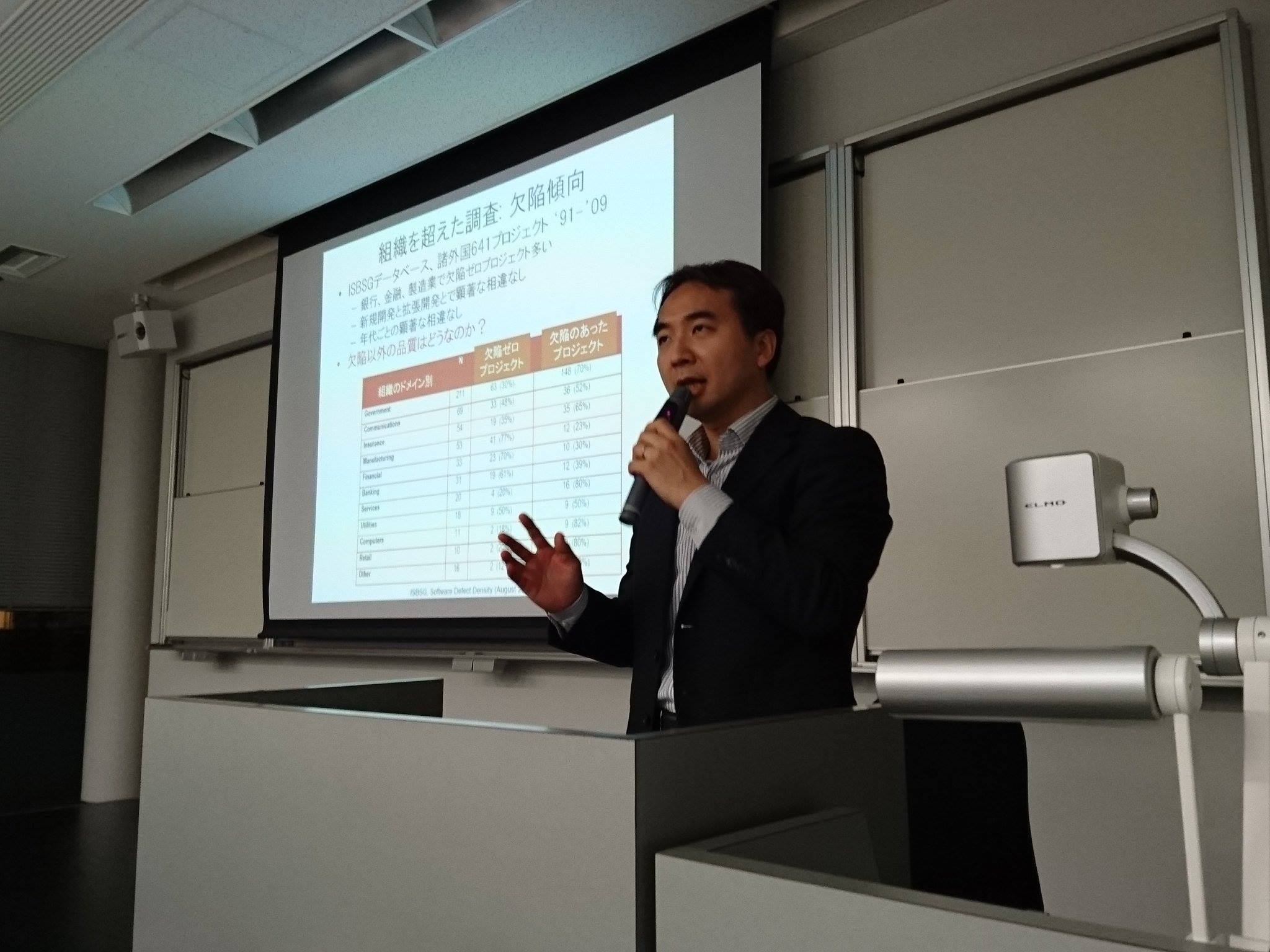Shuji Okuda, Hironori Washizaki, Katsutoshi Shintani and Natsuki Mimura, “Linking business strategies and system demands using GQM+Strategies and Systems Modeling Language,” 4th International Conference on Enterprise Architecture and Information Systems (EAIS 2019) as a part of 8th International Congress on Advanced Applied Informatics (IIAI AAI 2019), regular paper, July 7–12, 2019, Toyama, Japan
Many businesses align their business goals and IT strategies to strengthen the validity of business processes. However, the relationships between goals and strategies are often vague. Thus, the level of success derived from their interrelationships may be ambiguous. By coupling GQM+Strategies and SysML, we propose a framework to systematically associate business requirements and system functions. Moreover, we define a profile in Unified Modeling Language (UML), which allows a model to be created by coupling GQM+Strategies and a SysML-requirement diagram.

